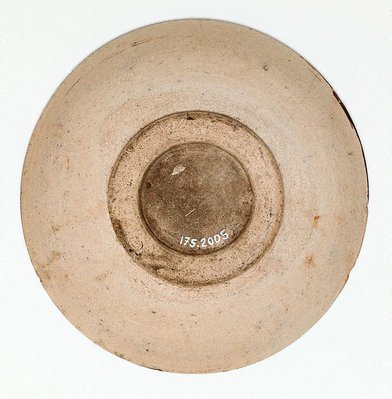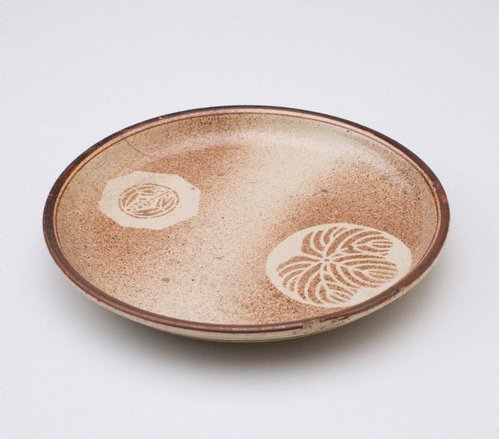-
Details
-
About
Made in Seto, a well-known centre for ceramic production in Japan’s Aichi prefecture, inexpensive ‘ishizara’ plates such as this were made in large numbers. This particular design, known as ‘umanome’ or ‘horse eye’, was common on plates used at inns along the Tokaido Highway between Kyoto and Edo (now Tokyo) in the late Edo and Meiji periods. The slightly battered appearance of the plate is typical for this type of well-used pottery. Early twentieth century exponents of the ‘mingei’ (Japanese folk art) movement such as potters Shōji Hamada (1894–1978) and Kawai Kanjirō (1890–1966) were particularly inspired by the simple materals and designs of Seto ware.
-
Places
Where the work was made
Japan
-
Exhibition history
Shown in 1 exhibition
Open Studio (brick vase clay cup jug), Art Gallery of New South Wales, Sydney, 01 Jul 2023–07 Jan 2024
-
Provenance
Patricia Englund, Jun 2005, Australia, donated to the Art Gallery of New South Wales. Sydney, June 2005.




